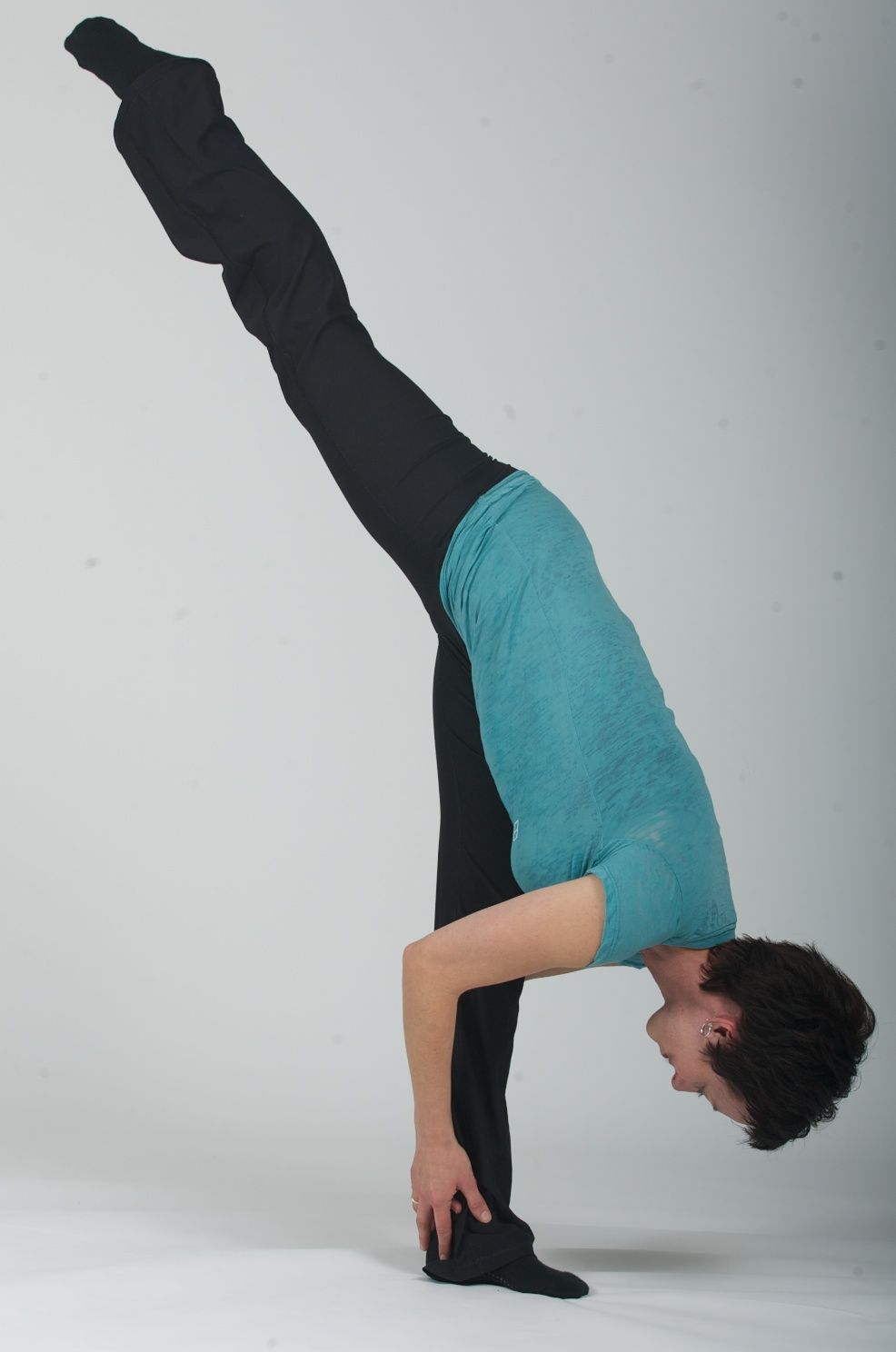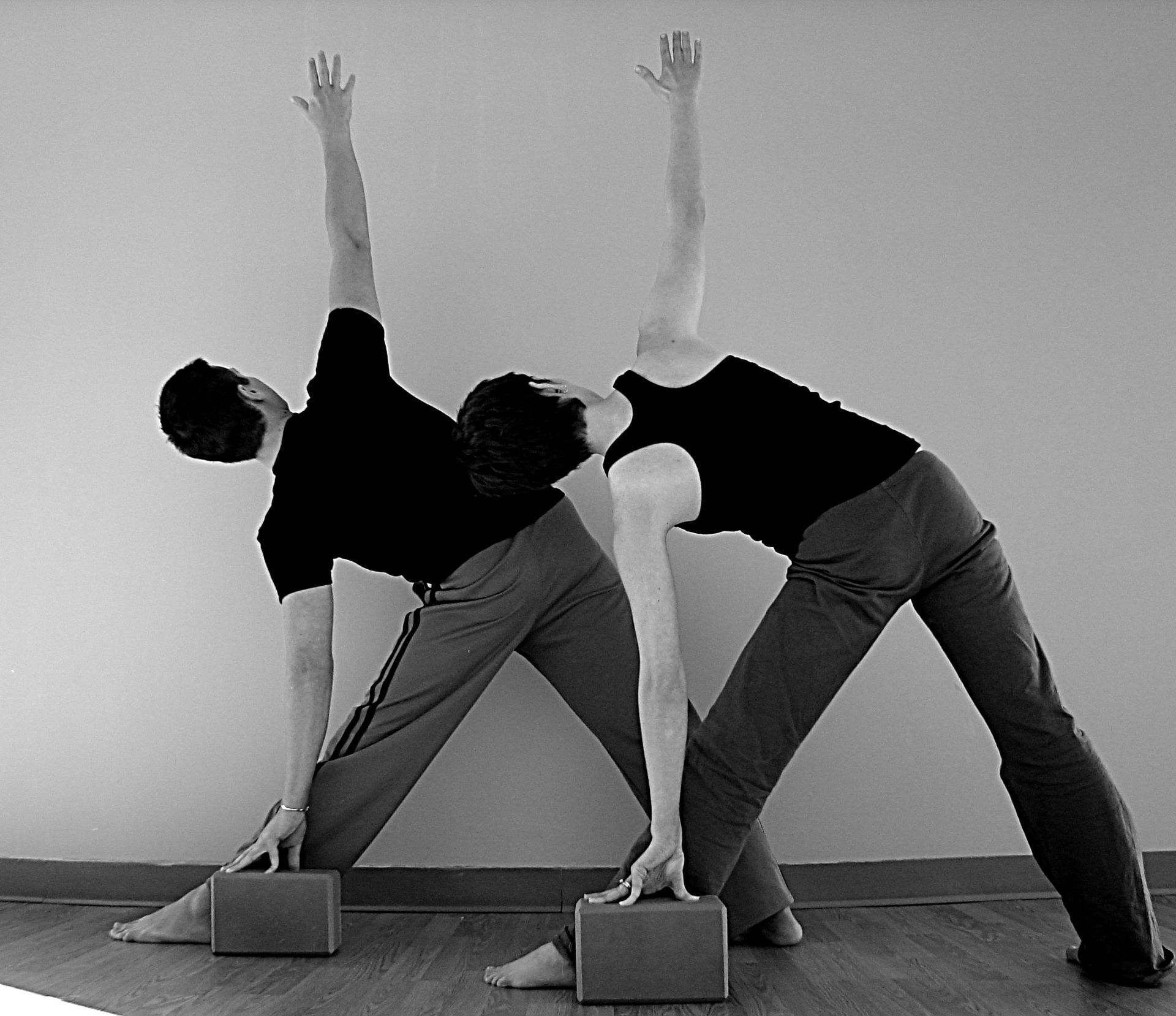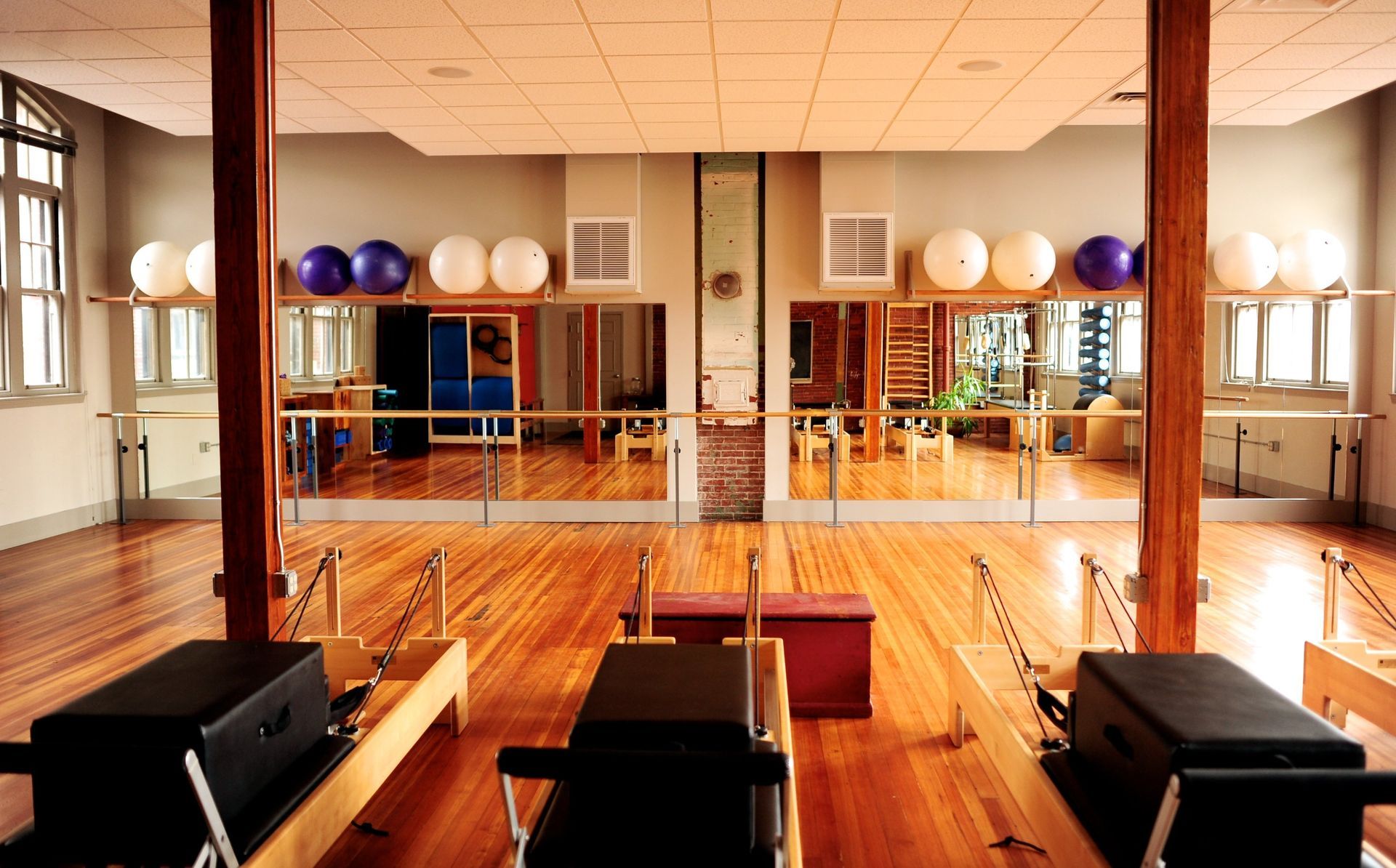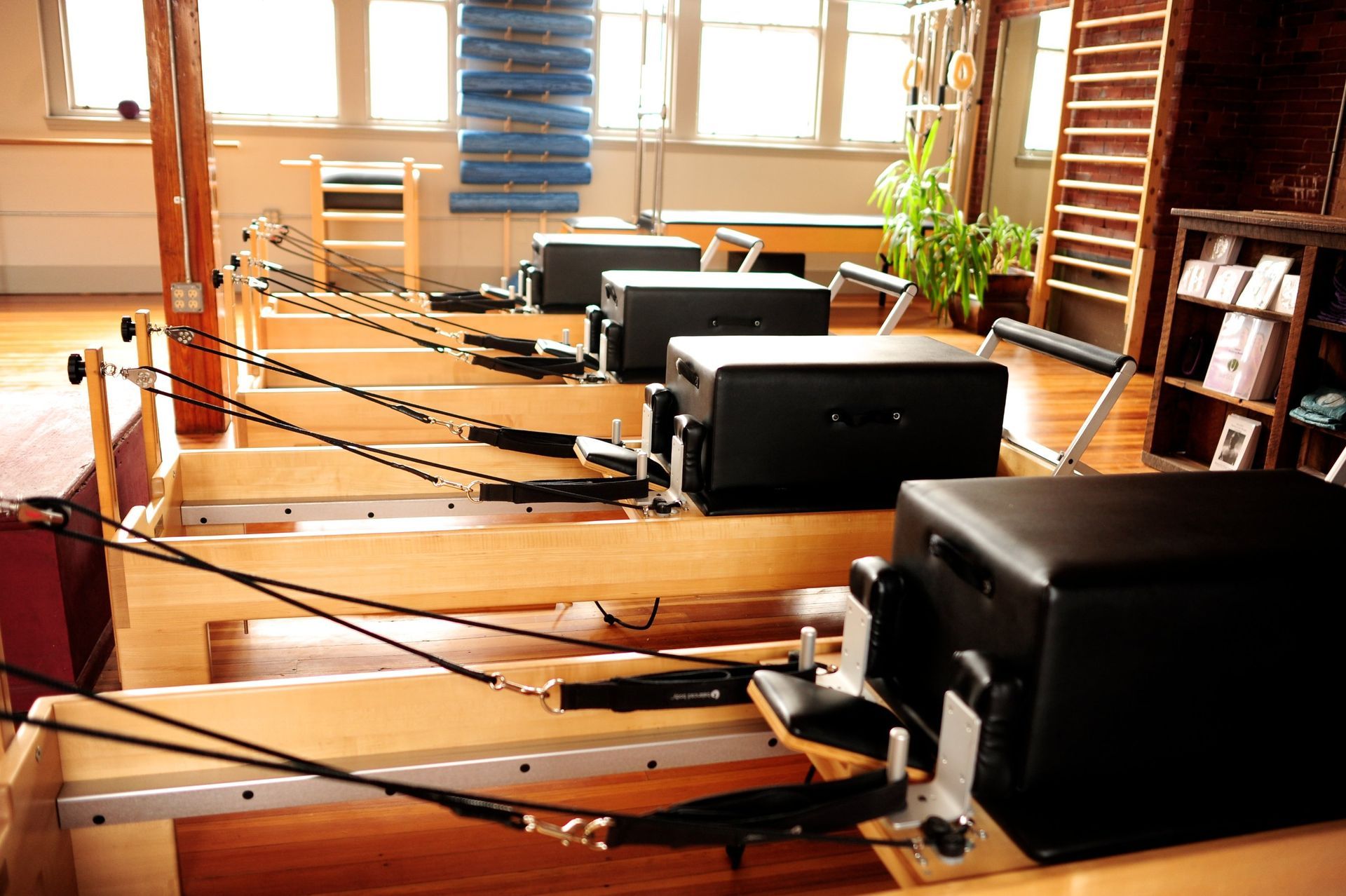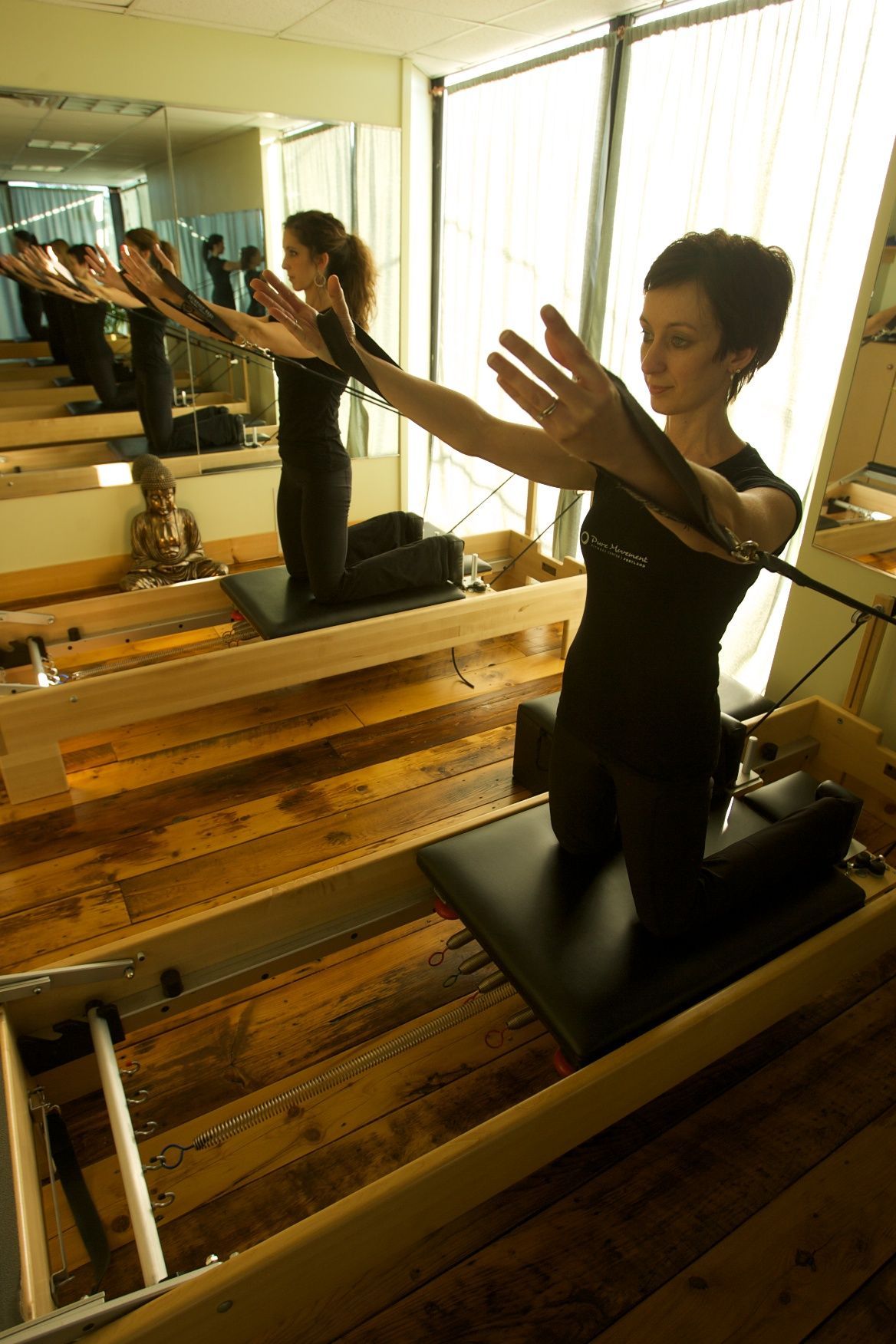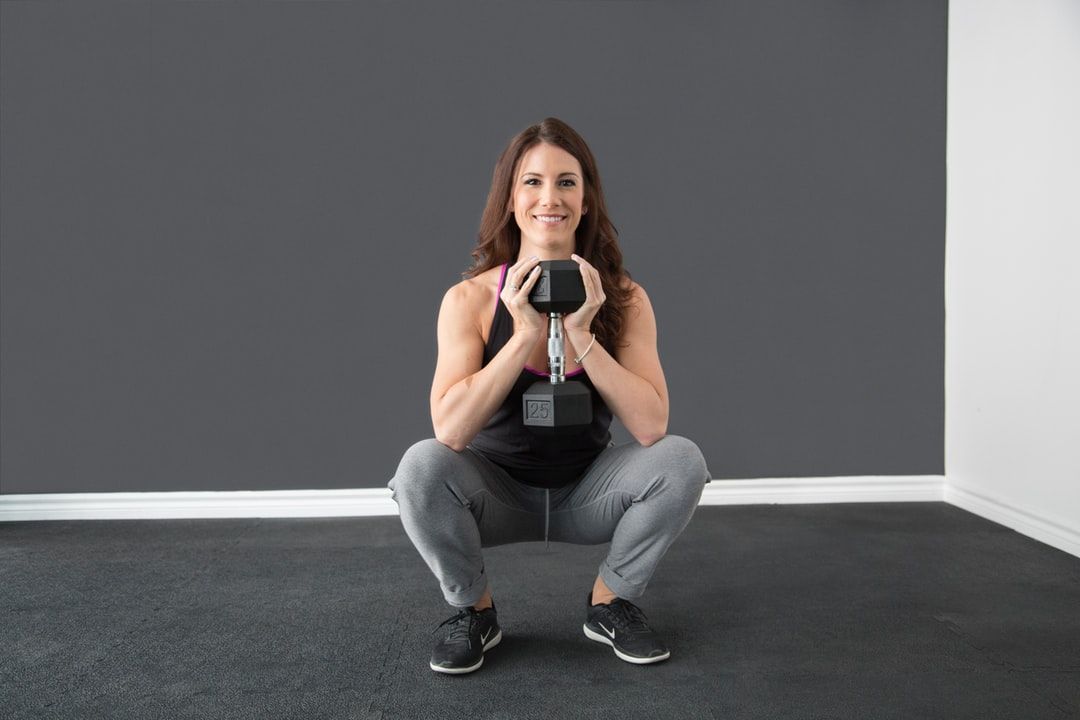Why we march: the power and purpose behind the first move in Barre Class.
It might look simple, but this small step forward sets the tone for strength, safety, and success in every workout.
The Unsung Hero of the Warm-Up
You walk into barre class, maybe a little stiff, maybe a little distracted. The music starts, and your instructor cues the first move: marching in place.
It might seem minor, but this is no filler. Marching is a purposeful, layered movement that sets the tone for everything that follows — physically, neurologically, and even emotionally.
Let’s unpack why.
1. From Static to Dynamic: The Smarter Warm-Up
Marching is a dynamic, weight-bearing movement that helps you transition out of stillness without diving too fast into complex or deep work.
Unlike static stretching — which research shows can temporarily reduce muscle performance when done before exercise — marching activates muscle groups while encouraging better range of motion.
It's gentle but purposeful. Safe for all bodies. Easy to scale up or down.
2. Elevating Heart Rate (Gently)
You might not call it cardio, but marching does elevate your heart rate just enough to:
- increase blood flow
- warm muscles
- deliver oxygen to tissues
- help you breathe more efficiently as class progresses
It’s like turning on the engine and letting it idle before you hit the gas.
3. Releasing Synovial Fluid: Joint Health Starts Here
Inside each joint is a gel-like substance called synovial fluid. Movement stimulates its release — and marching is the perfect low-impact catalyst.
When synovial fluid flows, it:
- lubricates the joints
- reduces friction
- protects cartilage
- preps the body for deeper joint flexion (like pliés, lunges, and standing work)
This one movement promotes joint longevity and injury prevention — essential for anyone moving consistently, especially in high-repetition modalities like Barre.
4. Instructor Intelligence: What We’re Watching
From the teaching side, marching is our first read on your coordination, alignment, and readiness.
We’re quietly asking:
- Do your hips shift side to side with control?
- Are your shoulders relaxed or lifted?
- Do your arms move naturally, or stay frozen?
- Can your knee lift as high (or higher) than your hip?
- Are you lifting evenly on both legs, or compensating?
- How’s your rhythm and breath?
These clues inform how we cue, how we progress class, and where we might offer modifications or encouragement.
5. Brain + Body: Activating Neuromuscular Intelligence
Cross-body patterns like marching (where the right arm lifts with the left leg and vice versa) activate the corpus callosum — the bridge between your brain's hemispheres.
That connection improves:
- Coordination
- Balance
- Proprioception
- Focus
In short: marching helps your brain talk to your body — and that’s the core of every good barre class.
6. Mental Reset: From External to Internal Focus
Marching is a reset — a psychological exhale that helps you:
- leave your to-do list at the door
- connect with your breath
- begin moving with intention
- drop into the present moment
It creates a rhythm that invites the nervous system to calm down — even as the body warms up. That’s a potent combination for building both strength and mindfulness in the same session.
7. A Gateway to Progressive Load
In a well-sequenced barre class, marching isn’t random — it’s the first thread in a tightly woven tapestry.
From marching, we can evolve movement into:
- High knees → standing core work
- Arm swings → resistance training with light weights
- Weight shifts → single-leg balance challenges
- Heel lifts → calf and footwork at the barre
Think of marching as the first layer of load — from which we build challenge safely and effectively.
8. For Teachers: Don’t Sleep on This
Teachers: marching is not a filler. It’s a teachable moment.
Use it to:
- Reinforce posture and spinal alignment
- Introduce breath-to-movement principles
- Set the rhythm of class
- Encourage presence and body awareness
- Observe where people are physically and emotionally that day
You can layer in variety too:
➡️ Arms overhead for cardiovascular intensity
➡️ Heel taps or hamstring curls for hip and knee mobility
➡️ Knee lifts with a twist for core activation
Make it matter — because it does.
9. A Movement and a Metaphor
Beyond physiology, marching is symbolic.
It’s about forward motion. Commitment. Momentum.
You’re stepping into the practice, one grounded foot at a time.
You’re showing up, literally and metaphorically.
It may be simple, but it’s never small.
March Like You Mean It
Next time you’re in barre class and hear “start with a march,” let your awareness rise with your knees.
Feel your spine lengthen.
Notice how your joints ease.
Breathe into the rhythm.
And remember — you’re not just warming up.
You’re activating.
You’re aligning.
You’re arriving.
One step at a time — with strength, grace, and purpose.


Click play to discover why marching matters in your barre workout.


